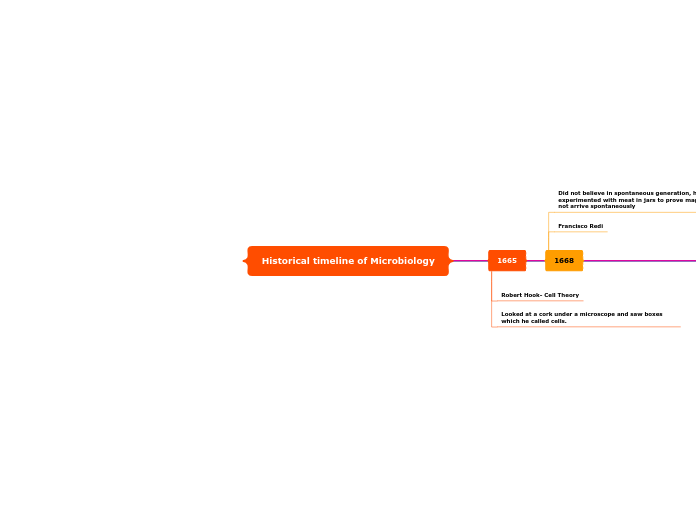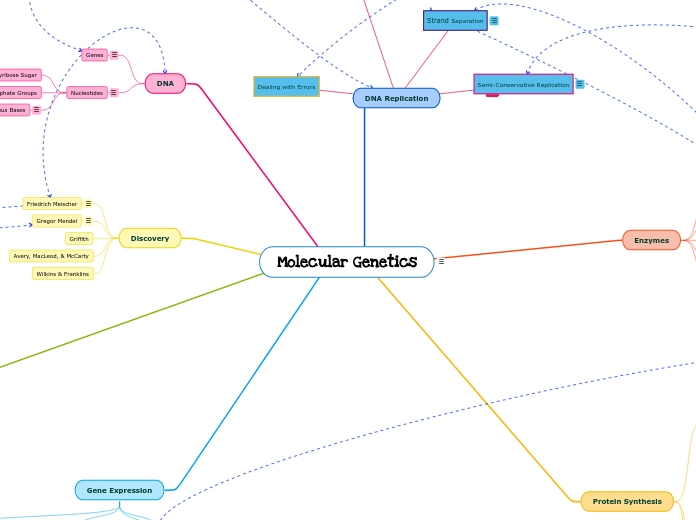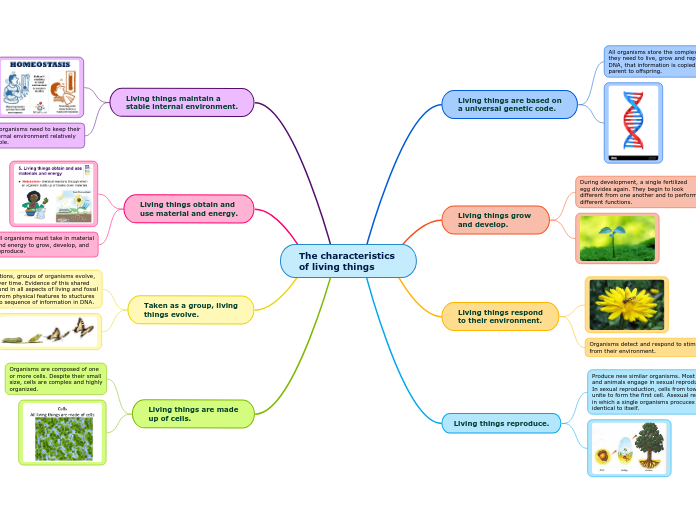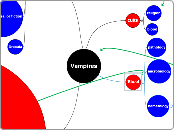por Michelle Chin hace 3 años
342
Historical timeline of Microbiology
From the mid-17th century to the mid-20th century, significant advancements in microbiology marked the First Golden Age of the field. Key figures made groundbreaking discoveries that laid the foundation for modern science.









